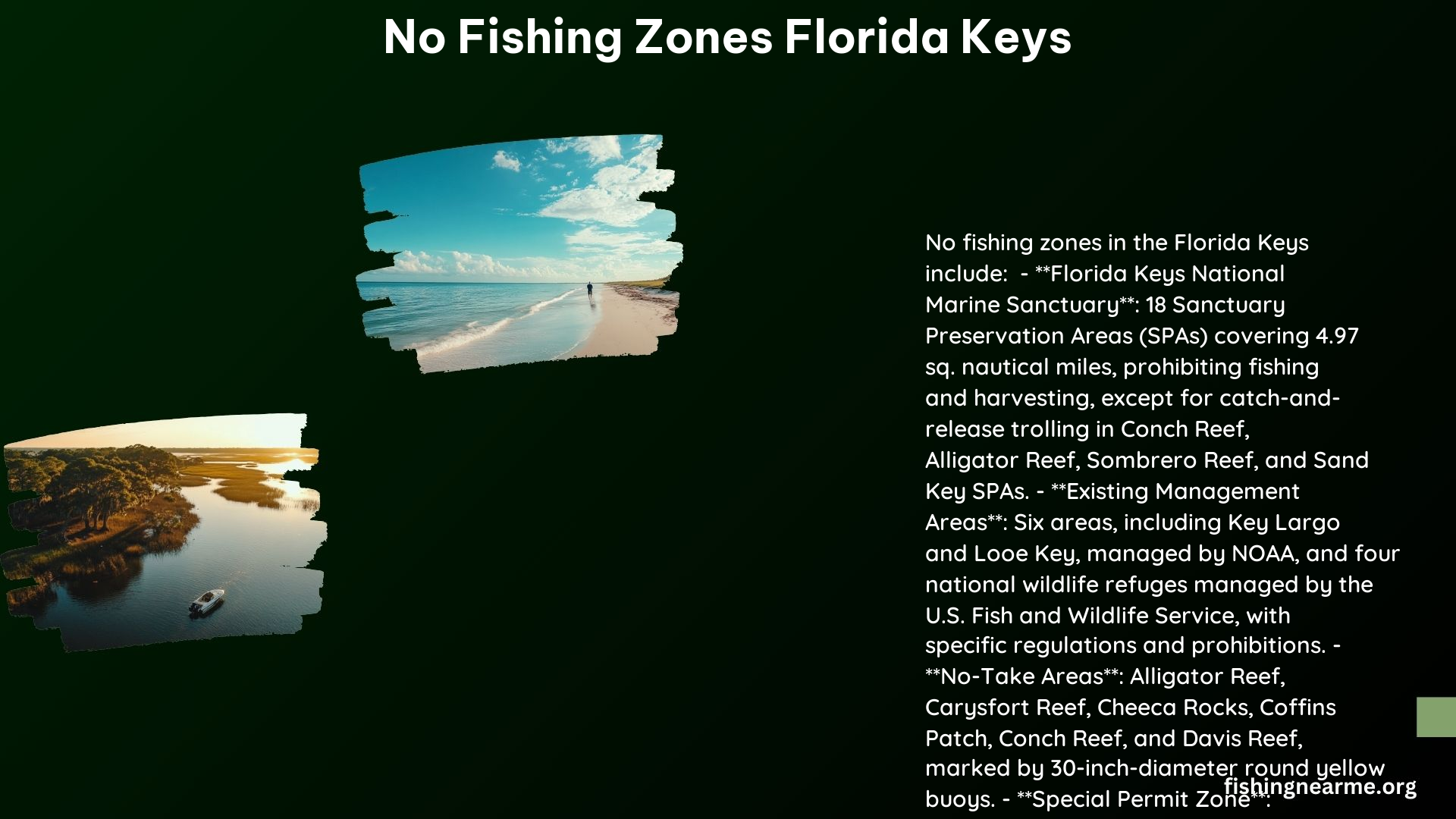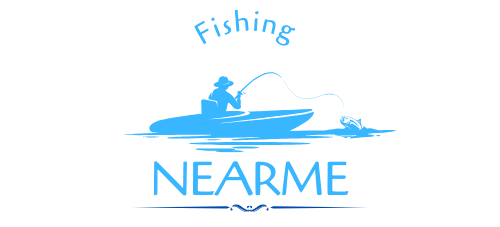The Florida Keys are a renowned destination for fishing enthusiasts, offering a diverse array of marine life and breathtaking natural beauty. However, to protect the delicate ecosystem, the Florida Keys National Marine Sanctuary has established various no-fishing zones. As a fishing enthusiast, it’s crucial to understand these regulations to ensure you’re fishing responsibly and legally.
Identifying No-Take and No-Fishing Zones
Sanctuary Preservation Areas (SPAs)
These areas are marked by 30-inch-diameter round yellow buoys. Catch and release fishing by trolling is allowed in Conch Reef, Alligator Reef, Sombrero Reef, and Sand Key SPAs only.
Ecological Reserves (ERs)
These areas are strictly protected, and all fishing activities are prohibited. The Tortugas Ecological Reserve is not marked, but other ERs are marked by buoys.
Wildlife Management Areas
These areas may have specific restrictions such as “idle speed only/no-wake,” “no-motor,” “no-access buffer,” or “closed” zones. Check for signs and buoys to determine the specific regulations.
Existing Management Areas
These areas have specific rules and regulations. For example, the Key Largo and Looe Key Existing Management Areas prohibit removing coral, marine invertebrates, plants, and other materials, as well as spearfishing.
Prohibited Activities in No-Fishing Zones

- Fishing: All forms of fishing, including commercial and recreational fishing, are prohibited in Ecological Reserves and Sanctuary Preservation Areas.
- Removing Marine Life: Removing, harvesting, or possessing any marine life is prohibited in Ecological Reserves and Sanctuary Preservation Areas.
- Touching or Standing on Coral: Touching or standing on living or dead coral is prohibited in all no-fishing zones.
- Anchoring: Anchoring on living or dead coral or any attached organism is prohibited. Anchoring is also prohibited when a mooring buoy is available.
Exceptions to No-Fishing Rules
- Catch and Release Fishing: Catch and release fishing by trolling is allowed in Conch Reef, Alligator Reef, Sombrero Reef, and Sand Key SPAs only.
- Transiting through Existing Management Areas: Possession of spearfishing equipment is allowed while transiting through these areas without stopping and with the equipment stowed away.
Additional Resources
- Florida Keys National Marine Sanctuary Regulations: For the full text of sanctuary regulations, see 15 CFR 922 Subpart P.
- Marine Ecosystem Event Response and Assessment (MEERA) Project: Report any unusual marine sightings to MEERA at (305) 395-8730, by email, or online.
- Boating Guides: For more information on boating and fishing in the Florida Keys, visit the Florida Fish and Wildlife Conservation Commission’s Boating Guides website.
By understanding the no-fishing zones and regulations in the Florida Keys, you can enjoy the incredible fishing opportunities while also playing a vital role in preserving the delicate marine ecosystem. Remember to always check the latest regulations, respect the protected areas, and report any unusual sightings to the appropriate authorities.
References
- Florida Keys National Marine Sanctuary. (n.d.). Florida Keys National Marine Sanctuary Regulations. Retrieved from https://floridakeys.noaa.gov/regs/
- Keyssao.org. (n.d.). Florida Keys National Marine Sanctuary Regulations. Retrieved from https://keyssao.org/193/Florida-Keys-National-Marine-Sanctuary-R
- Florida Keys National Marine Sanctuary. (n.d.). Sanctuary Preservation Areas. Retrieved from https://floridakeys.noaa.gov/zones/spas/
- Florida Marine. (n.d.). Marine Zones – Maps. Retrieved from https://ocean.floridamarine.org/boating_guides/florida_keys/pages/marine_zones.html
- Florida Marine. (n.d.). Managed Areas – Florida Keys National Marine Sanctuary. Retrieved from https://ocean.floridamarine.org/boating_guides/florida_keys/pages/fknms.html
